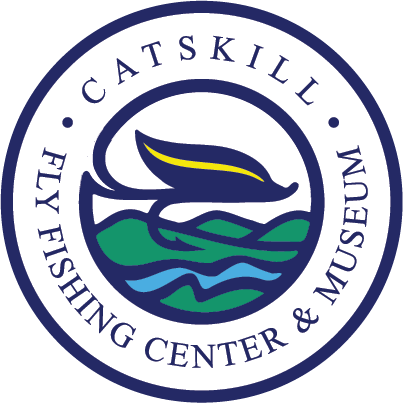William Taylor
William Taylor was born in Paterson New Jersey to Robert and Ellen Taylor (ca. 1890) & married Anna and together they ran a confectionary store in Paterson, NJ.
About 1920 Bill bought the book, "The Idyll of the Split Bamboo" by Dr. George Parker Holden. In 1925 Bill rode his motorcycle to upstate New York, (Highland Mills) to E.F. Payne Rod Co, to purchase some bamboo. Jim Payne refused to sell Bill bamboo as he was riding a motorcycle with a sidecar. Frank Oram, who was a partner in E.F. Payne, waited until Mr. Payne left for the day and gathered several culms of cane and other supplies for him and sent him on his way. Bill placed the cane in the sidecar and went on his way down Route 17, back to Paterson.
Two years later, Bill, was able to successfully design and build his first fly rod from that cane. Bill christened the fly rod by casting and catching a trout on his first outing on the Wallkill River. (This first fly rod is currently housed in the Joan Wulff exhibit, as Bill gifted the fly rod to her).
Bill's fly rods were built for power and accuracy. He eventually incorporated a thumb piece to ensure increased power to the cast. Bill would meticulously work on each fly rod and would de-assemble the rod if it did not meet his expectations. When he finally approved of the development, he would stamp the insignia “Taylor Made” at the base of the fly rod. Bill was a member of the Paterson Fly Casting Club and traveled across the United States competing in fly casting competitions, competing in his last event in 1969 in Cincinnati, finishing 7th. In 1951, Bill competed in the National Association of Angling and Casting Clubs Tournament finishing with a cast of 143 feet for 3rd place. In 1957 in Barberton Ohio Bill cast 153 feet for average with the longest cast of 157 feet for 8th place overall.
Throughout his life he would assist and coach individuals using “Taylor Made” fly rods. These individuals consisted of Johnny Dieckman and Gene Andregg, but his most famous student was Joan Salvato whom he met when she was 18 years old in Paterson New Jersey. Bill’s fly rod design was used as a pattern for rods designed by Charles Ritz, and made by Pezon et Michel in France. Bill moved from Paterson to his nephew Roland Taylor's home in Union Center, NY in the late 60’s at the age of 77, where he continued to craft fly rods, as well as tie flies.
"As a young boy, my brother and I, remember him standing on a platform casting for hours. He would sit in his room and shave down cane day after day, until he felt it was ready to be assembled. Even upon assembly the rod needed to pass Bill's tests to receive the “Taylor Made” stamp of approval." -Dave and John Taylor (Bill's great nephews)
Bill was proud of his accomplishments but did not brag about them.
"As a young boy I can remember him speaking of several things, one being that he had the opportunity to fish with another of today’s inductees, Ted Williams, and the other was working with Joan Salvato." -John Taylor (Bill's great nephew)
Bill passed away at the age of 88 in upstate New York and enjoyed the art of fly-casting and all that it included right up to his death.
